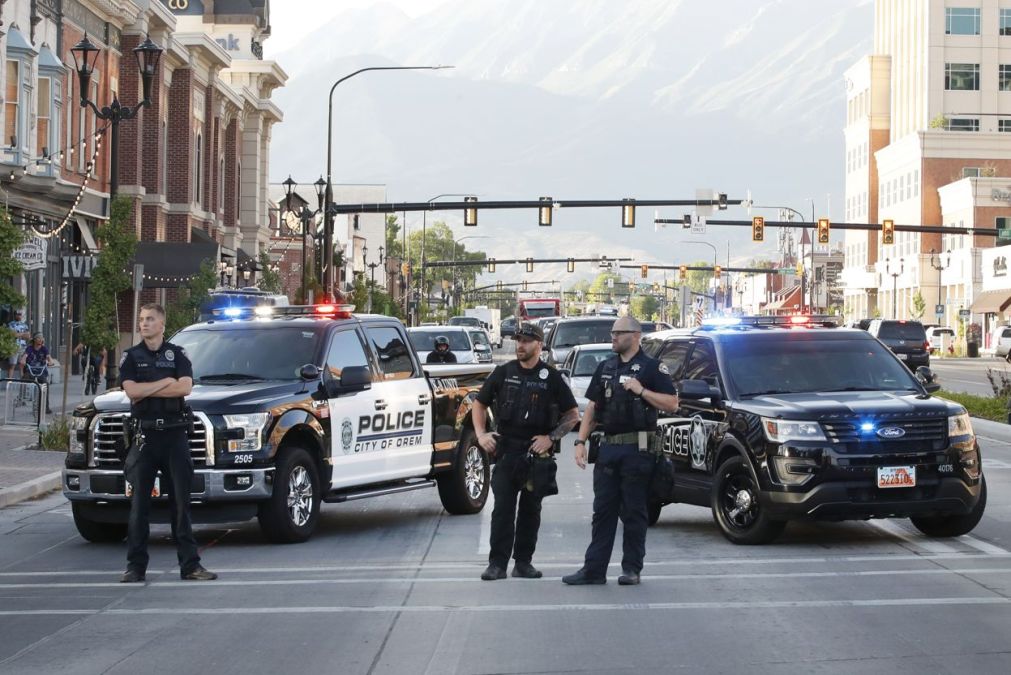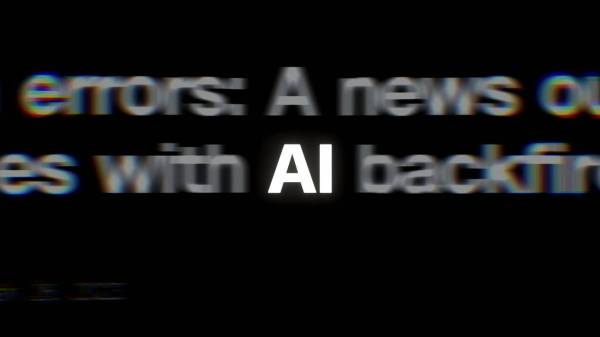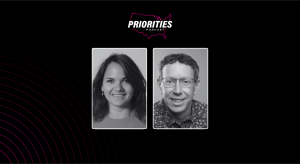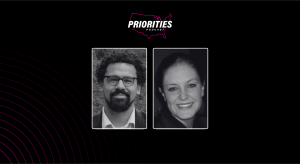Utah to deploy AI to handle non-emergency calls, speed up 911 response

Utah is turning to artificial intelligence to help public safety answering points handle an overwhelming volume of non-emergency calls and speed up emergency response times.
Last week, the Utah Communications Authority announced it will use Motorola Solutions’ Virtual Response technology to build a closed AI system to automate the receipt and resolution of 10-digit non-emergency line calls. These calls — which include noise complaints or requests to help find lost pets — make up an estimated 65% of call center workloads in Utah, and can delay responses to real emergencies.
The AI-powered system will automatically answer non-emergency calls through text or voice, offering quick solutions, such as directing someone to animal control or providing traffic alerts. It also supports multiple languages and lets answering points deliver location-based updates, such as alerting callers about a nearby controlled burn.
“It allows call takers to be available. Normally, they would have to say, ‘Hey, I need to grab a 911 call. Let me put you on hold for a minute,’ But that takes seconds. And it’s not a cliche, but seconds do save lives,” Tina Mathieu, director of the state’s communications authority, said in an interview.
Utah operates on a single statewide phone system, which, Mathieu said, allows for more seamless interoperability between dispatchers and first responders, especially if an answering point is experiencing higher call volume due to an natural disaster or other large-scale emergency. By automating non-emergency inquiries, she said, the new system aims to allow human call handlers to focus on more serious incidents and shorten wait times for true emergencies.
“If a [public safety answering point] had a huge incident where they needed to bring on extra staff and they didn’t have enough desk space, they could send any of their dispatchers to any PSAP in the state, and that dispatch could log in as themselves, and those calls from their agency would route to them wherever they sat in the state,” Mathieu explained. “So that is very powerful for us as a state.”
One PSAP in Weber, Utah’s fourth-most populous county, has been beta-testing the technology since January.
Kevin Rose, the executive director of the Weber County dispatch center, estimated it receives roughly 200,000 non-emergency calls. He said that while the technology is intended to redirect these calls, he’s seen another use for the tool: to filter out harassment calls related to police interactions posted on social media.
“We were getting like influx of harassing calls from people around the country [about] people videos on YouTube of different police interactions,” Rose said. “We had one of those recently with one of our agencies that caused a lot of phone calls from people outside of the state that were just trying to interrupt our services. We actually use this to help try to filter those out, which worked pretty well.”
Rose said the county’s dispatch center has also used the AI tool to manage informational calls, such as city ordinances, requesting a police report, or following up with detectives, potentially reducing call volume by 15-20%.
“We’re a consolidated 911 Center for 28 agencies, so we’re basically the admin line for all those agencies,” Rose said. “These types of calls take time for our call takers to manage, and takes them away from taking 911 calls. So we’re looking at this as being able to mitigate those types of calls and allow the chat bot to handle those end to end.”
Mathieu said Utah plans to officially deploy the technology to all 27 public safety answering points in the state by the end of the year.






